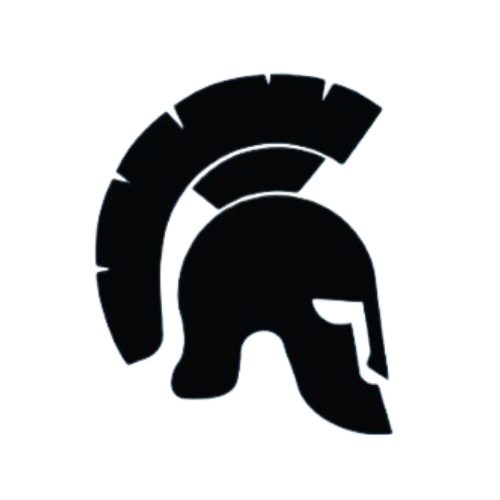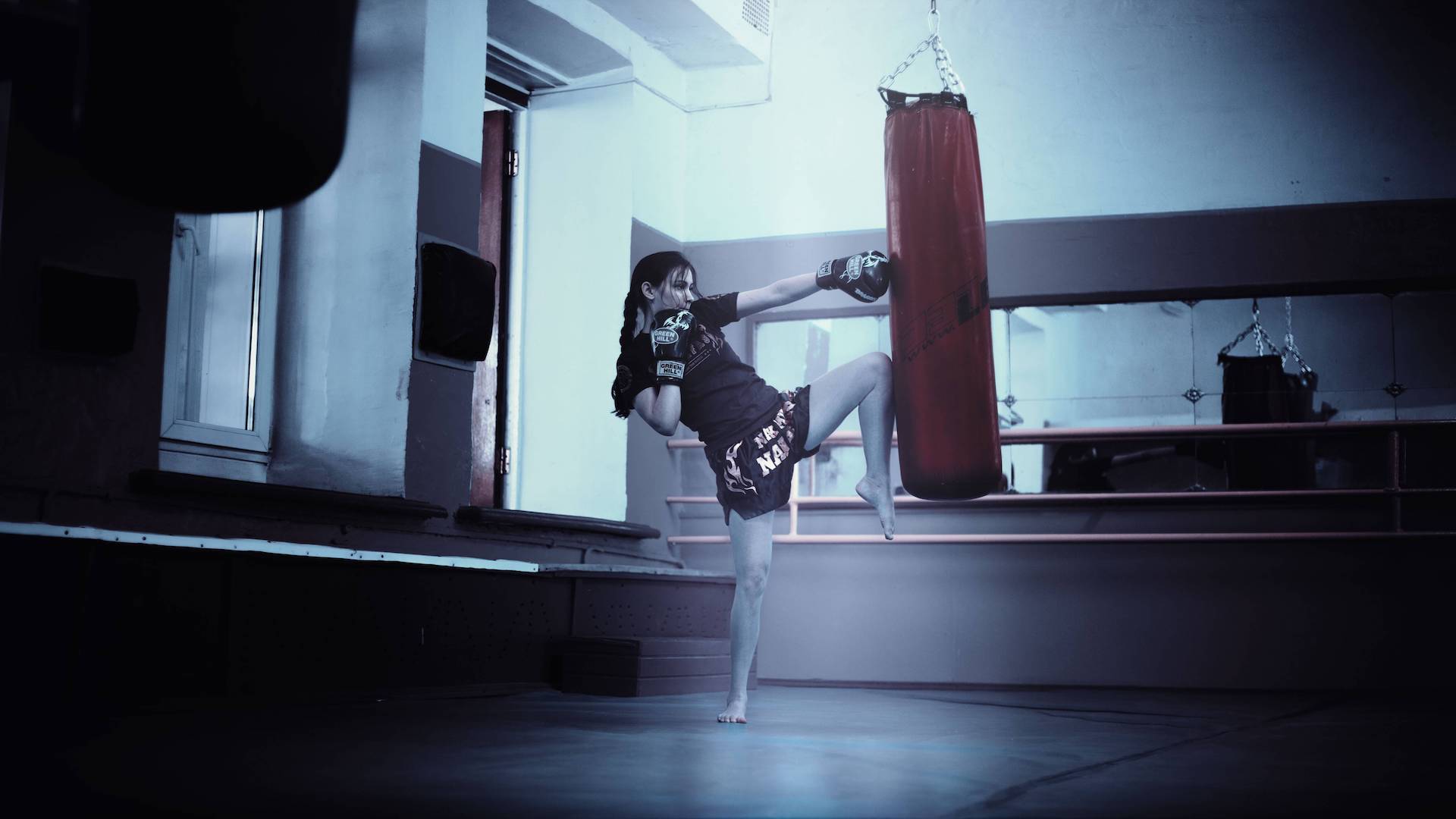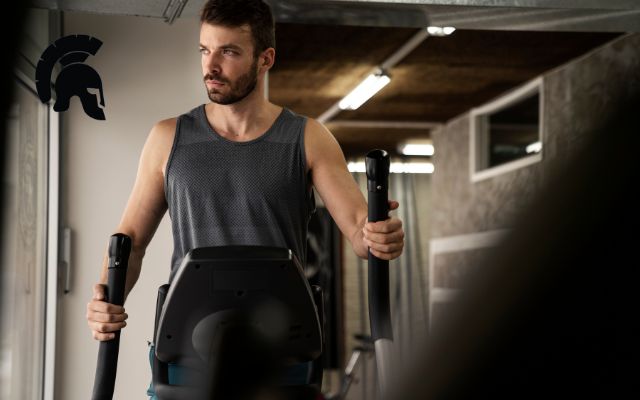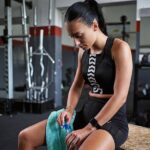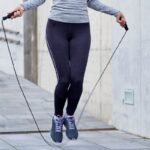Many lifters grapple with the question of if cardio is appropriate after a grueling leg day. You might worry about hindering muscle recovery and growth, or about pushing yourself too hard, exacerbating soreness. This post is here to help you understand how to incorporate cardio effectively into your routine, without jeopardizing your leg day gains.
Leg Day Recovery
After a leg workout, your leg muscles experience micro-tears and inflammation. This is a natural part of the muscle-building process, but adequate rest and recovery are crucial for proper muscle repair and growth. Your body needs time to repair these microscopic tears and rebuild stronger, more resilient muscles. You want to prioritize this recovery phase to optimize your progress.
Different types of cardio can have vastly different effects on leg muscle recovery. High-intensity cardio, like sprints or burpees, can increase muscle breakdown, potentially hindering the repair process. This is especially true immediately after a leg-focused workout, which already places significant stress on these muscles. You might experience an increase in delayed-onset muscle soreness (DOMS), delaying your recovery. For example, intense running on a leg day could significantly reduce your ability to continue training as intended.
Active recovery methods are preferable for aiding in reducing muscle soreness and improving blood flow. Light cardio, like a gentle walk or a stationary bike, encourages the body to remove metabolic waste products. This process is essential for promoting muscle recovery. Gentle stretching or foam rolling can also aid in reducing tension and improving blood circulation to the affected areas. Prioritize these low-intensity activities to encourage recovery without placing excess stress on your muscles.
Cardio After Legs: What to Do & Avoid
Avoid High-Intensity Cardio
High-intensity workouts, characterized by intense exertion and elevated heart rates, should generally be avoided immediately after a leg workout. Vigorous activity can increase muscle breakdown and inflammation, hindering the recovery process. This can result in decreased performance, prolonged soreness, and potentially impede your progress toward your fitness goals. This is not the best time for these types of high-intensity workouts.
Choose Low-Impact Cardio
Low-impact cardio activities are ideal for the day after leg day. Options include swimming, cycling, or light jogging. These activities put less stress on your leg muscles, allowing them to recover effectively. Gradually increasing the intensity and duration of your low-impact cardio as your recovery progresses is essential for avoiding setbacks. Consider starting with a shorter duration and a lower intensity, gradually increasing these as your body adapts.
The Importance of Listening to Your Body
Pay close attention to your body’s signals. If you experience significant pain or discomfort, stop immediately and rest. It is crucial to adjust the intensity and duration of your cardio based on your individual recovery level. Avoiding pushing through discomfort is paramount. Prioritizing your well-being ensures you are setting yourself up for success in your fitness journey.
Don’t Ruin Your Gains! Cardio After Leg Day Done Right
Complete recovery is a process that takes time and patience. Every workout isn’t expected to be a high-performance session. Realistic expectations allow you to prioritize your recovery, leading to better outcomes in the long run. Recognize that rest is as important as the workout itself. This is a marathon, not a sprint.
Incorporating cardio into your fitness routine can be a fantastic way to enhance your overall well-being. The key is to find a balance between cardio and strength training that supports your fitness objectives without sacrificing your strength training progress. A balanced approach can yield impressive results.
Overtraining occurs when the body is consistently subjected to excessive stress without sufficient recovery periods. This can lead to decreased performance, increased risk of injury, and decreased motivation. Prioritize adequate rest and recovery between workouts, not just between leg days and cardio. Adequate rest is critical to avoiding overtraining.
Best Cardio for the Day After Leg Day
1. Cycling
Cycling on a stationary bike or outdoors at a low to moderate intensity is an excellent choice for recovery. It increases blood circulation to your leg muscles, helping to reduce soreness and stiffness while being gentle on your joints. Aim for a 20–30 minute session to keep your muscles moving and improve circulation.
2. Swimming
Swimming is a full-body workout that provides gentle resistance and aids in muscle relaxation. Since it doesn’t place any impact on your legs, swimming is ideal for alleviating soreness while enhancing cardiovascular endurance. A light swim session will leave you feeling refreshed and ready for your next workout.
3. Elliptical Machine
Using an elliptical trainer allows for effective cardio without putting undue strain on your legs. The smooth, gliding motion targets your cardiovascular system while reducing impact on sore muscles. Keep the intensity light to moderate to help your legs recover.
4. Walking
A brisk walk or a walk on an incline is a simple yet effective way to stay active after leg day. Walking promotes circulation and helps ease muscle tension without overworking your legs. It’s a great way to get moving while keeping things low impact.
5. Rowing
Rowing is a full-body cardio workout that engages your upper and lower body without putting excessive stress on your legs. This makes it a great option for the day after leg day, as it keeps your body active while giving your legs a break from high-impact exercises.
6. Boxing or Kickboxing
Light boxing or kickboxing routines offer a fun way to stay active while avoiding heavy leg involvement. These workouts provide cardio benefits and help strengthen your upper body and core. Keep the movements controlled and avoid overexerting your legs.
Each of these cardio options allows you to maintain an active recovery routine while giving your legs the care they need to bounce back stronger.
Best Workouts for Leg Day Recovery
1. Foam Rolling
Foam rolling is excellent for relieving muscle tension and improving blood flow. Use a foam roller to target areas like your quads, hamstrings, and calves. Focus on any tight spots, applying gentle pressure and holding each point for 30 seconds to 2 minutes. This self-massage technique can help loosen up knots and speed up recovery.
2. Stretching
Stretching improves flexibility and lowers the risk of future injuries. Include stretches for your quads, hamstrings, calves, and hips, holding each stretch for 30 seconds to 1 minute. This will help lengthen tight muscles and ease post-workout discomfort.
3. Banded Exercises
Incorporating resistance bands into your recovery helps activate smaller muscle groups and enhance strength. Try:
- Banded Bridge: Lie on your back with a resistance band above your knees. Lift your hips, hold for 2 seconds, then lower.
- Lateral Band Walk: Place a band above your knees, take controlled side steps, and engage your glutes throughout the movement.
These low-impact exercises keep your muscles active without overloading them.
4. Active Recovery
Low-intensity activities boost circulation and aid muscle recovery without adding stress. Engage in light walking, swimming, or cycling at a relaxed pace for 20–30 minutes. This promotes blood flow to deliver nutrients and oxygen to tired muscles.
5. Yoga or Pilates
Practicing yoga or Pilates not only stretches tight muscles but also helps reduce overall tension and stress. A class focused on poses like downward dog, pigeon, or seated forward folds can relax your legs while improving your range of motion.
Pay attention to how your body feels throughout your workout. If you experience pain or discomfort, adjust the intensity or duration of your workout. Remember that every individual is different, and your training plan must be tailored to your needs. Incorporate rest and active recovery days as needed for optimal progress.
Conclusion
Choosing the right type of cardio after a leg day is essential for maximizing muscle recovery and preventing potential setbacks. Prioritizing active recovery, opting for low-impact activities, and listening to your body are crucial factors in achieving optimal results. Remember that consistency and a balanced approach are key to long-term fitness success. If you have any specific concerns or require personalized advice, contact healthcare professional or PT like us is strongly recommended.
